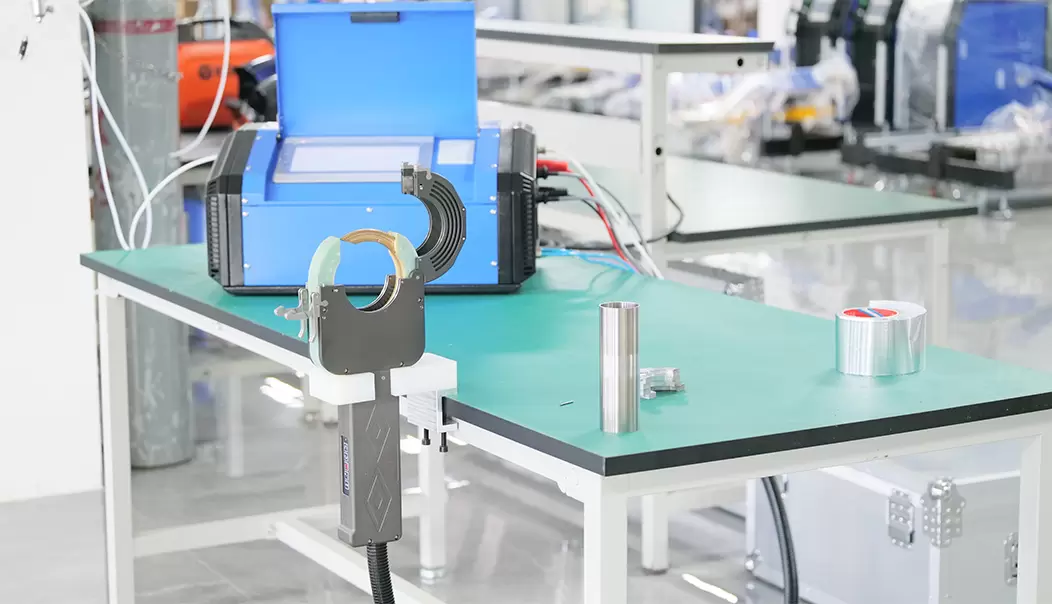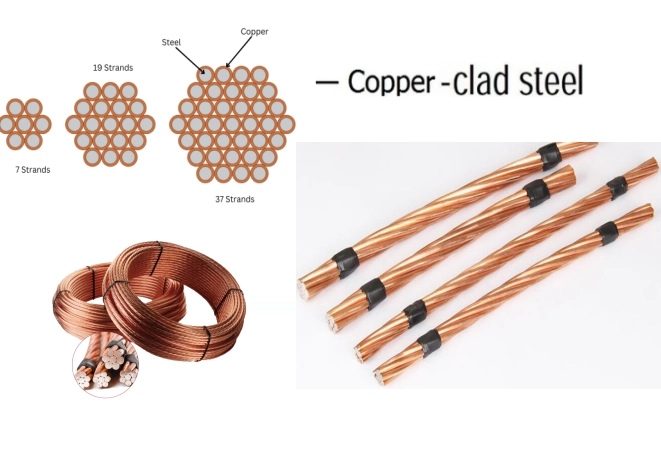The Ultimate Guide to Choosing the Best Saw Blade for Cutting Wood: Unlocking Precision and Performance
When it comes to woodworking, the choice of saw blade can significantly impact the quality of your cuts and the overall efficiency of your projects. With a myriad of options available, selecting the right saw blade for cutting wood can be a daunting task. This guide aims to demystify the process, providing you with the insights needed to make an informed decision that aligns with your specific woodworking needs.
Understanding Saw Blade Types
Before diving into the specifics of which saw blade is best for cutting wood, it’s essential to understand the different types of saw blades available. Each type is designed for particular applications, and knowing these distinctions can help you choose the right one.
- Crosscut Blades: These blades are designed to cut across the grain of the wood. They typically feature a higher tooth count (usually 60-80 teeth) and are ideal for producing smooth finishes on crosscuts. The fine teeth reduce splintering, making them perfect for trim work and furniture.
- Rip Blades: Rip blades are engineered to cut along the grain of the wood. They have fewer teeth (around 24-30) and larger gullets, allowing for faster cuts and efficient removal of sawdust. These blades are best suited for ripping lumber down to size.
- Combination Blades: As the name suggests, combination blades are versatile and can handle both crosscutting and ripping tasks. They typically feature a mix of tooth counts (40-50 teeth) and are a great option for woodworkers who need flexibility in their projects.
- Dado Blades: Dado blades are specialized for creating grooves or dados in wood. They consist of two outer blades and several chippers that can be adjusted to achieve the desired width of the cut. These blades are essential for joinery work.
Key Factors to Consider
When selecting the best saw blade for cutting wood, several factors come into play. Understanding these factors will help you make a choice that enhances your woodworking experience.
- Material: The material of the blade is crucial. High-speed steel (HSS) blades are durable and can be sharpened multiple times, while carbide-tipped blades offer superior longevity and cutting performance. For most woodworking applications, carbide-tipped blades are recommended due to their ability to maintain sharpness over extended use.
- Tooth Geometry: The shape and angle of the teeth affect the cutting performance. Flat-top grind (FTG) teeth are ideal for ripping, while alternate top bevel (ATB) teeth are better for crosscutting. Understanding the tooth geometry can help you achieve the desired finish and efficiency.
- Kerf Width: The kerf width refers to the thickness of the cut made by the blade. A thin kerf blade removes less material, resulting in less waste and faster cuts. However, thicker kerf blades provide more stability and are less prone to bending during cuts.
- Blade Diameter: The diameter of the blade affects the depth of cut and the type of saw it can be used with. Common diameters for table saws and miter saws range from 10 to 12 inches. Ensure that the blade diameter matches your saw specifications for optimal performance.
Matching the Blade to Your Project
The best saw blade for cutting wood ultimately depends on the specific project you are undertaking. Here are some recommendations based on common woodworking tasks:
- For Fine Furniture Making: A high-tooth count crosscut blade (60-80 teeth) will provide the smoothest cuts, minimizing splintering and ensuring a clean finish.
- For Ripping Lumber: A rip blade with 24-30 teeth will allow for fast, efficient cuts along the grain, making it ideal for breaking down larger pieces of lumber.
- For Versatile Applications: A combination blade with 40-50 teeth is perfect for woodworkers who frequently switch between ripping and crosscutting.
- For Joinery: A dado blade set will enable you to create precise grooves and joints, essential for cabinetry and furniture assembly.
Maintenance and Care
To ensure the longevity and performance of your saw blades, proper maintenance is essential. Regularly clean the blades to remove pitch and resin buildup, which can affect cutting efficiency. Additionally, consider sharpening your blades periodically or replacing them when they become dull. A well-maintained blade not only enhances cutting performance but also contributes to safer woodworking practices.
Conclusion
Choosing the best saw blade for cutting wood is a critical decision that can influence the quality of your work and the efficiency of your projects. By understanding the different types of blades, key factors to consider, and matching the blade to your specific woodworking tasks, you can enhance your woodworking experience. Invest in the right saw blade, and you’ll unlock the potential for precision and performance in every cut. Happy woodworking!

